Trail Location 4: Prohibition
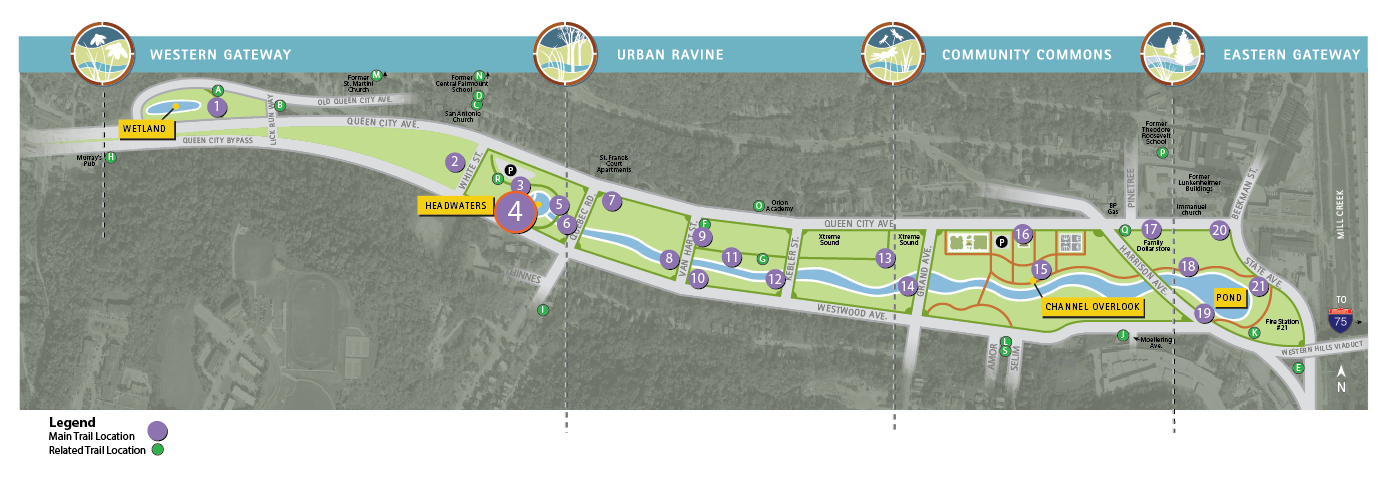
Walking Tour? VIEW THE TRAIL LOCATION IN GOOGLE MAPS >
The Prohibition trail location includes a main stop at Trail Location 4 and two related stops:
- TRAIL LOCATION 4: PROHIBITION >
- TRAIL LOCATION D: HOFFMEISTER BREWERY >
- TRAIL LOCATION E: HERANCOURT BREWERY >
TRAIL LOCATION 4: PROHIBITION
In 1920, the nation was rocked by the ratification and enactment of the 18th Amendment, commonly known as Prohibition, a nationwide ban on the production, import, transportation, and sale of alcoholic beverages. This amendment was the culmination of a decades-long effort by organizations such as the Anti-Saloon League and the Women’s Christian Temperance Union to press the government to prohibit the sale of alcohol.
Prohibition had profound consequences on local industries all over the country, including those in South Fairmount (known as Fairmount until the 1920s). At the time Prohibition began, Fairmount was at the peak of its industrial growth, with at least two breweries operating in the area.
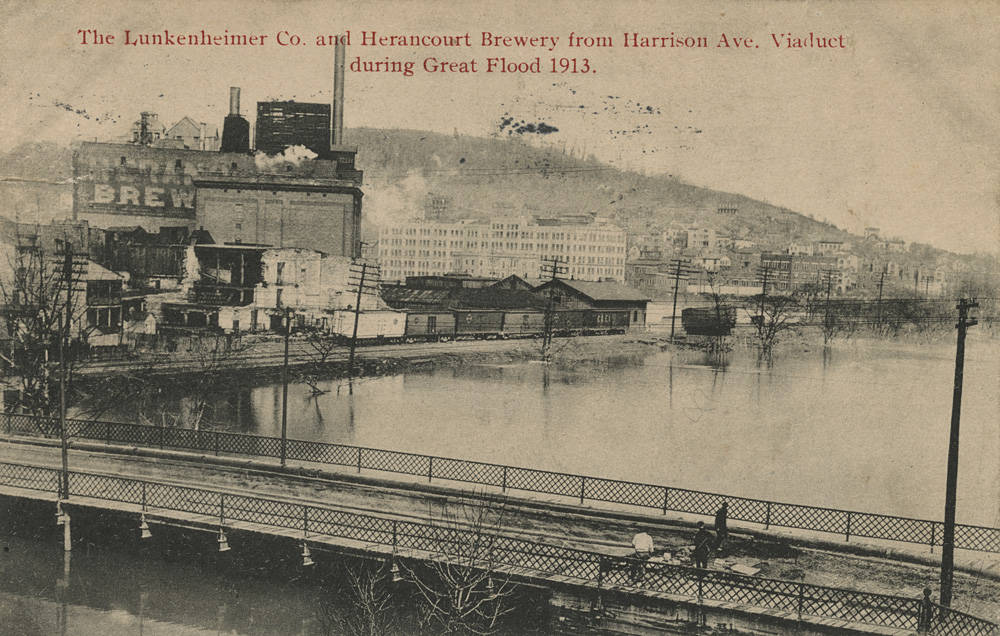
Although some breweries in Cincinnati managed to remain open through Prohibition by producing other types of beverages, the South Fairmount breweries did not survive. The Herancourt Brewery on Harrison Avenue at State Street, in operation since 1847, had to cease operations in 1919. The Fairmount Brewing Company on Westwood Avenue also shut down in 1919, after 34 years of operation.
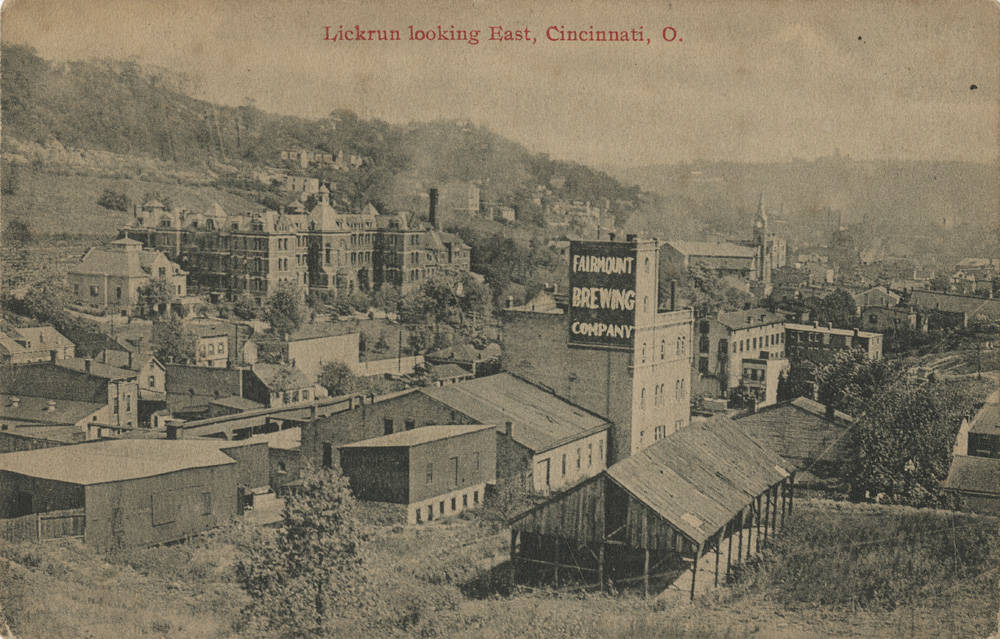
Despite Prohibition, however, alcohol remained readily available in the neighborhood through a series of legal loopholes. For instance, during Prohibition, families could produce wine for their own consumption inside the home, resulting in the local hillsides being used for vineyards by Italian immigrants.
Another exception in the law allowed many local whiskey manufacturers to continue operating. Under Prohibition, whiskey, along with other types of liquor, could be sold legally with a doctor’s prescription. Sensing a business opportunity, George Remus, a pharmacist and lawyer from Chicago, exploited the law to buy and sell bootleg liquor. In 1920, Remus relocated to Cincinnati and began building one of the largest, and most notorious, bootlegging operations of the time, with its headquarters in nearby Westwood.
George Dater’s farm in Westwood provided the perfect location for Remus to store his bootleg liquor and prepare it for distribution. The Dater Farm, dubbed the “Death Valley Farm,” was located on Lickrun Road, a single dirt road isolated from the community and difficult to find. In addition to the existing farmhouse and barns, Remus constructed several large cellars, storage rooms, and a bottling facility at the farm, which allowed his business to supply whiskey to eight other states. Soon the neighborhood felt the negative effects of the illicit activity, as a large number of shady characters could be found roaming the neighborhood.
In 1925, Remus was indicted for violating the National Prohibition Act; however, the illegal activities in the area around the Death Valley Farm continued until Prohibition ended. The repeal of Prohibition occurred in 1933, and alcohol could once again be legally purchased and sold. Fairmount’s first breweries were long gone by then, the unsavory characters that flooded the Lick Run district left, and Italian immigrants began settling into the Fairmount area.
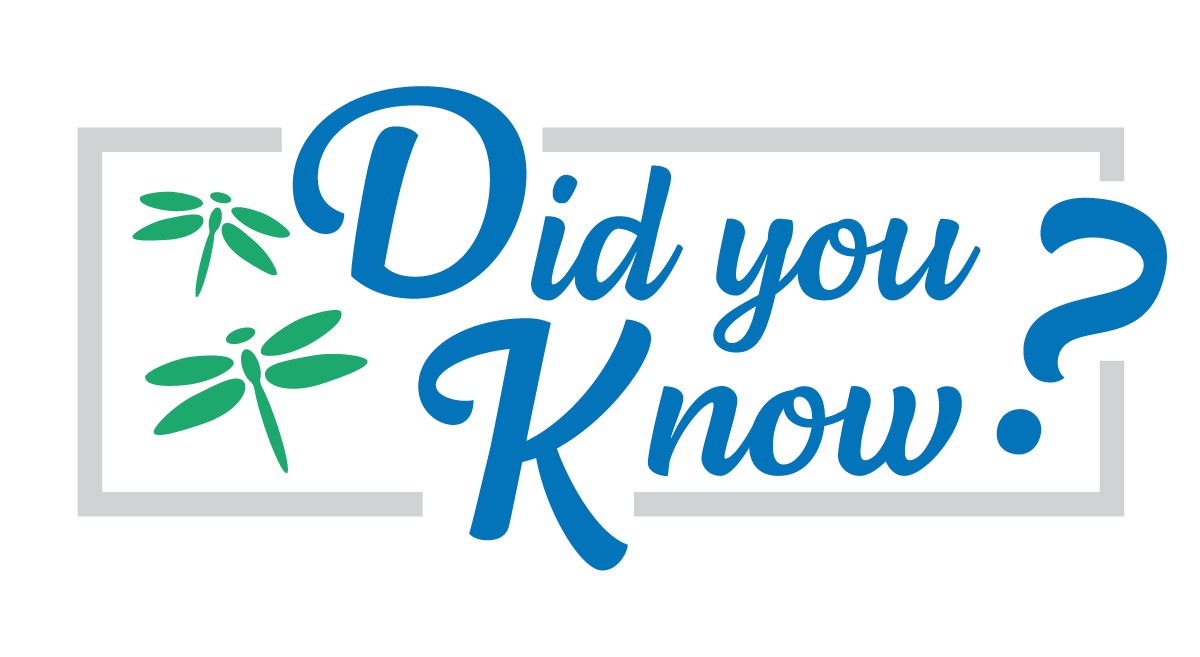
- Breweries were not the only enterprises to feel the effects of Prohibition in Fairmount. Local wine gardens, made popular in Cincinnati by German immigrants, also had to modify their businesses or close their doors.
- The Metz Wine Garden, established in 1875 on what is now 2212 Queen City Avenue, is the best known in Cincinnati. It frequently hosted famous orchestra and concert bands. The Cincinnati & Westwood Railroad provided special day trips to the winery for those wanting "an afternoon of calm sipping..." The winery flourished until it was forced to close as a result of Prohibition.
- The brewery industry played an important role in the overall history of Cincinnati. Several brewery buildings still stand, especially in the Over-the-Rhine neighborhood.
- The ratification of the 21st Amendment in 1933 is the only time a constitutional amendment repealed a former amendment. Note: The 21st Amendment repealed the 18th Amendment.
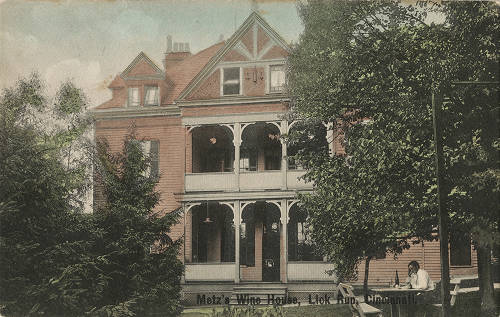
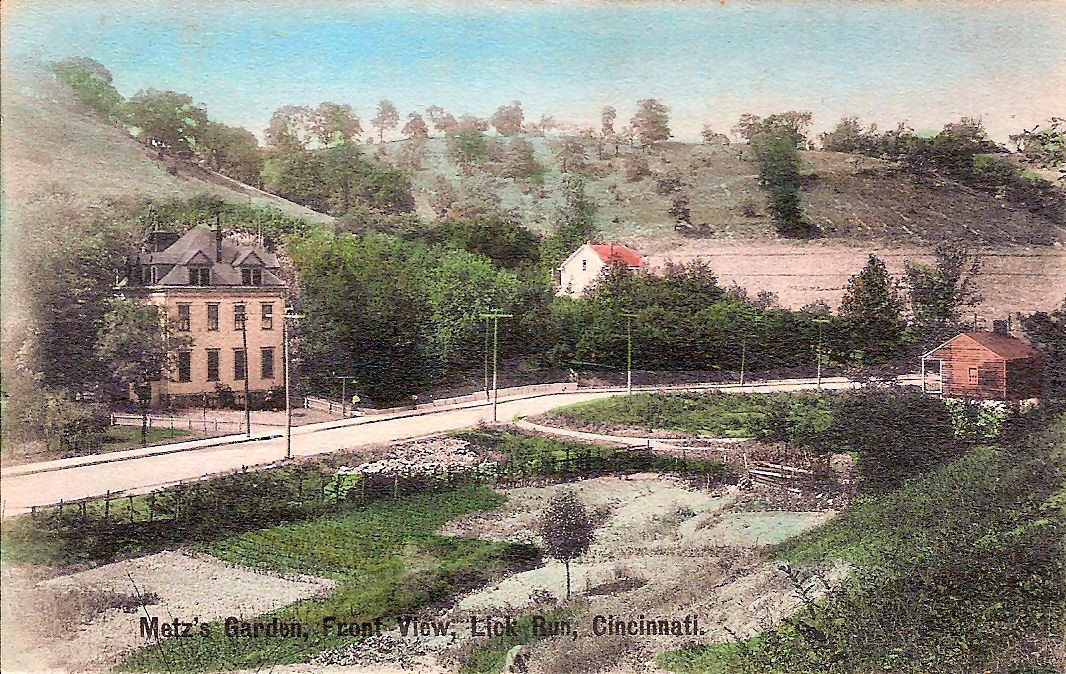
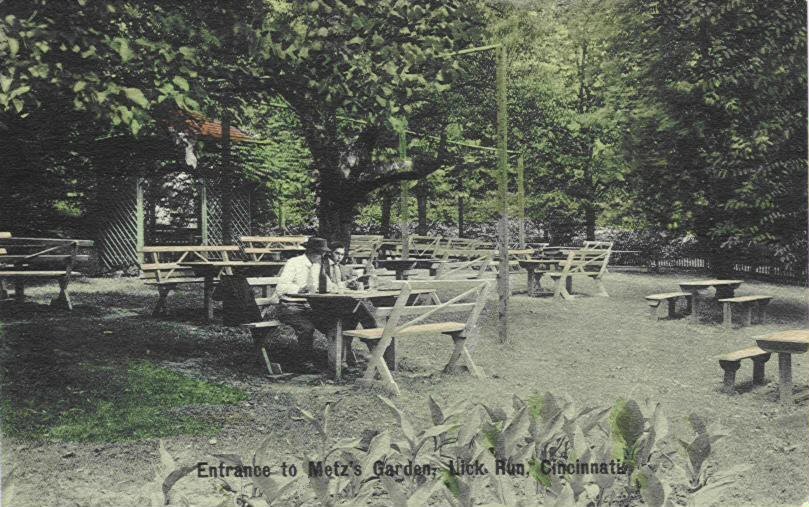
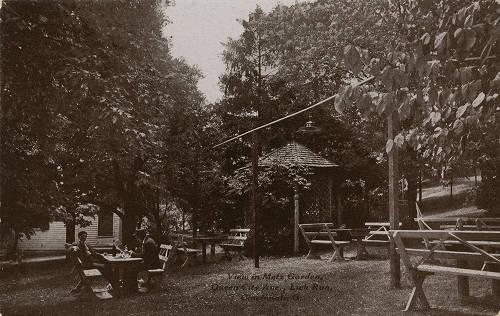
TRAIL LOCATION D: HOFFMEISTER BREWERY
In the early days of Fairmount, three breweries stood out as the first to establish themselves in one of the city’s newest neighborhoods: the Fairmount Brewing Company, the Herancourt Brewery, and the Hoffmeister Brewery. The Hoffmeister Brewery was located on White Street, north of the intersection with Queen City Avenue. William Hoffmeister, a German immigrant, started the brewery in 1857. He eventually converted the space into a tavern and icehouse and operated the business for 17 years.
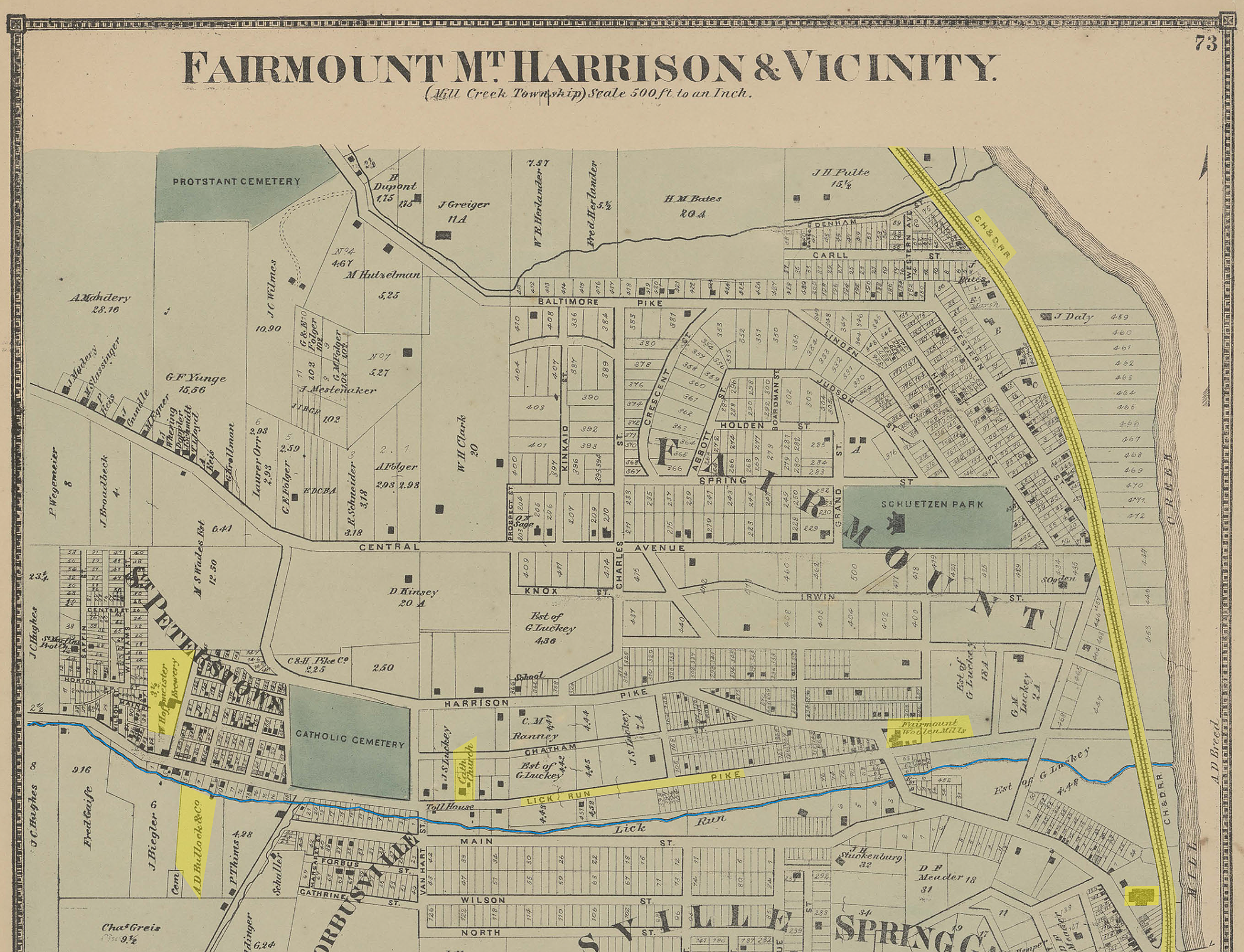
By the late 19th century, the brewery had been converted into a saloon, grist mill, and a flower shop. Originally known as the Hoffmeister Floral Company, the flower shop eventually became Lutz Flowers in 1918. A Cincinnati institution in its own right, Lutz Flowers has operated in Cincinnati for more than 100 years, more recently from a location in Western Hills, and has contributed to Fairmount’s rich history of small, family-owned establishments.
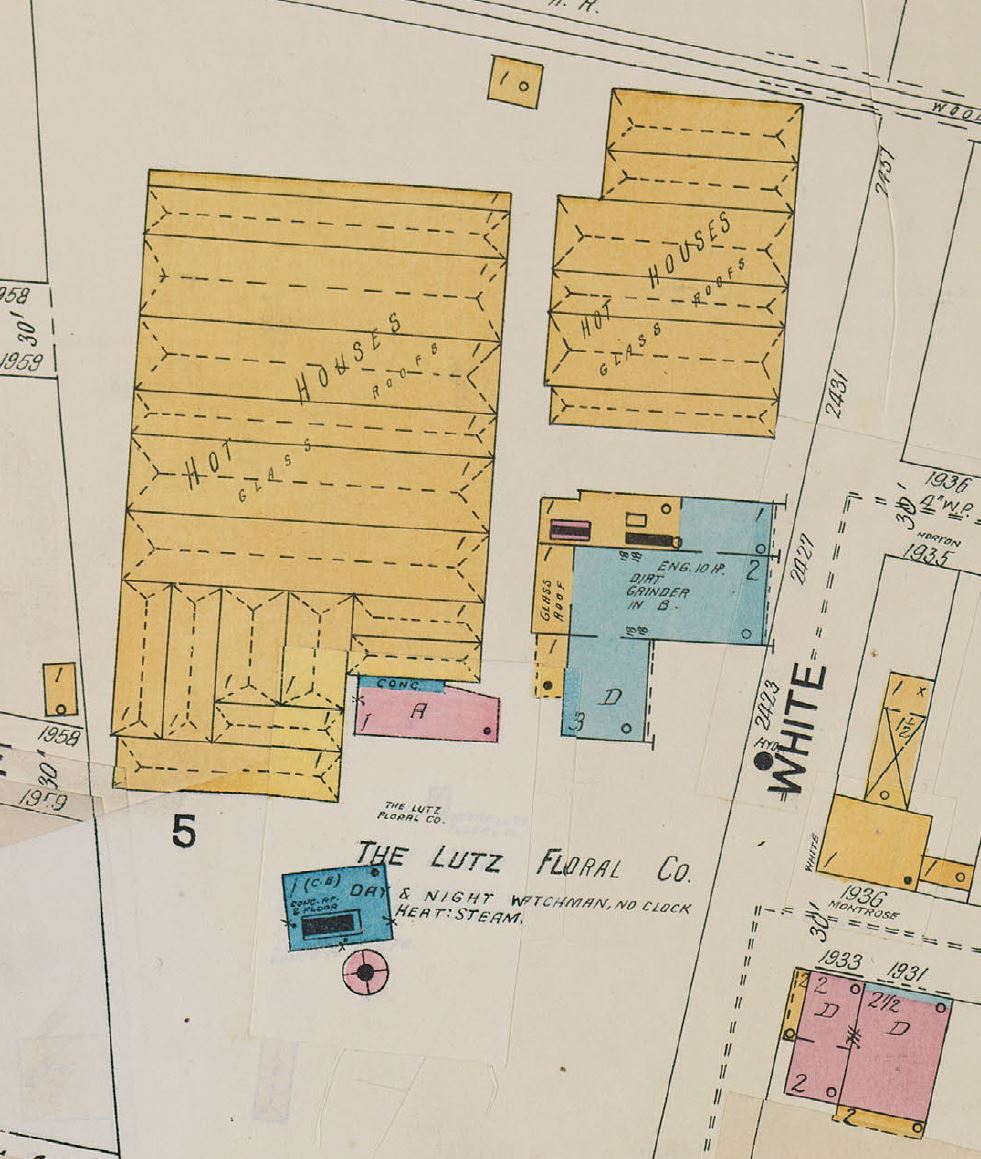
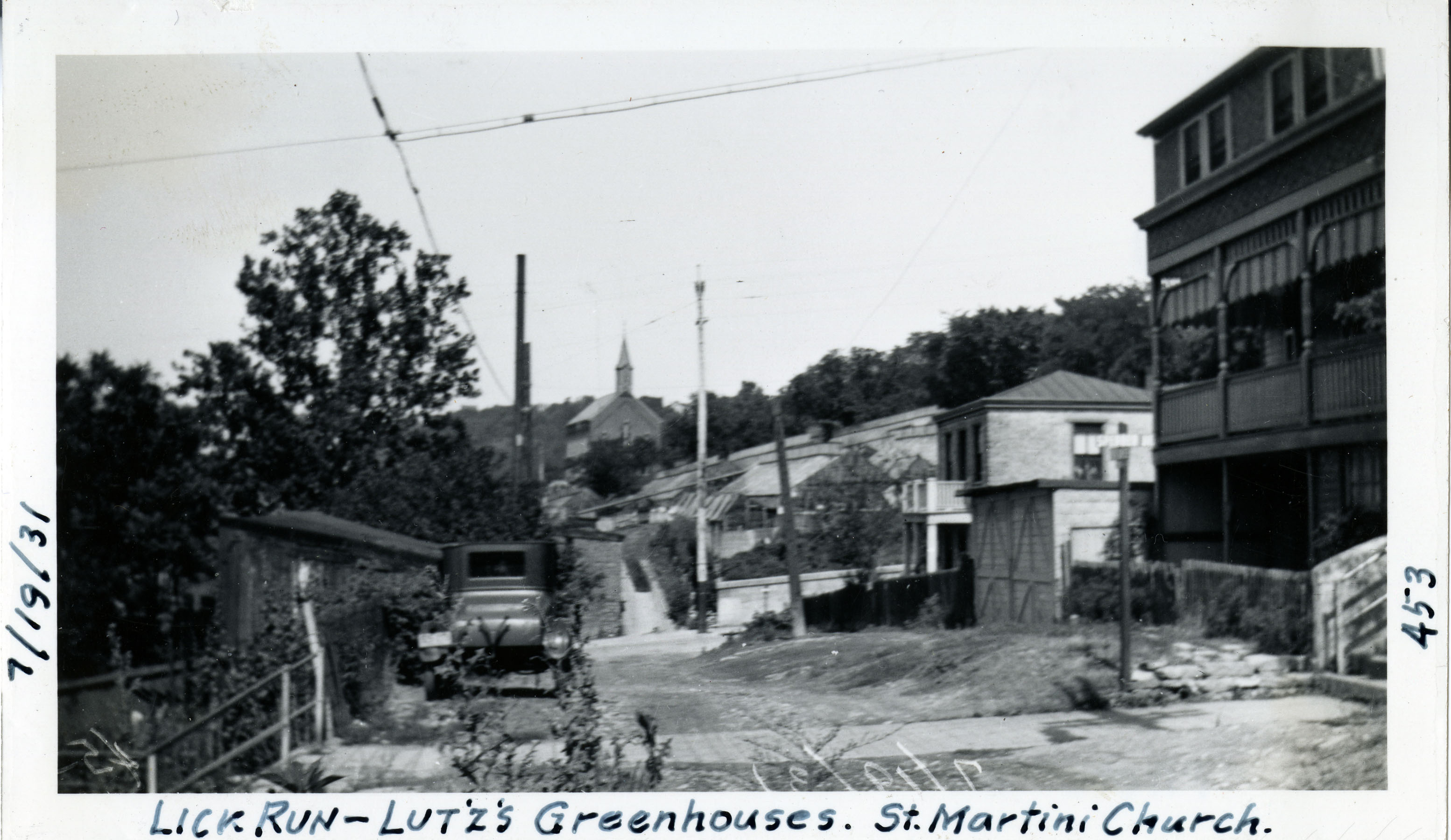
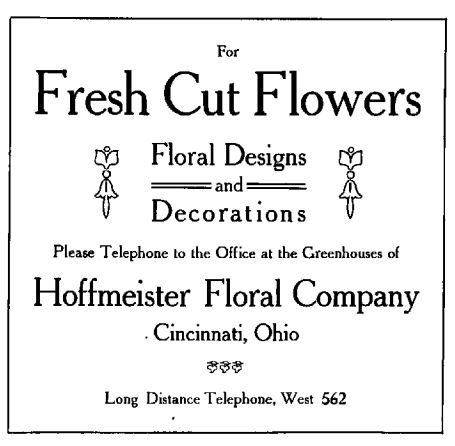
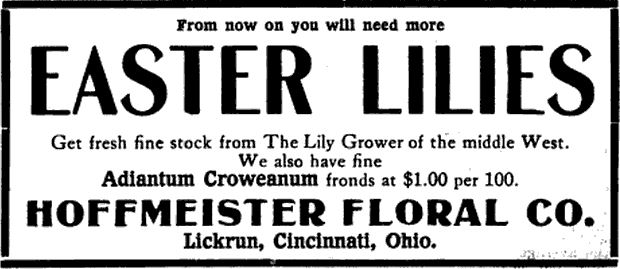
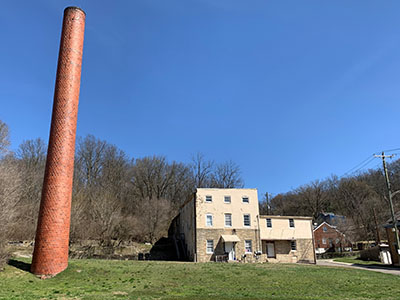
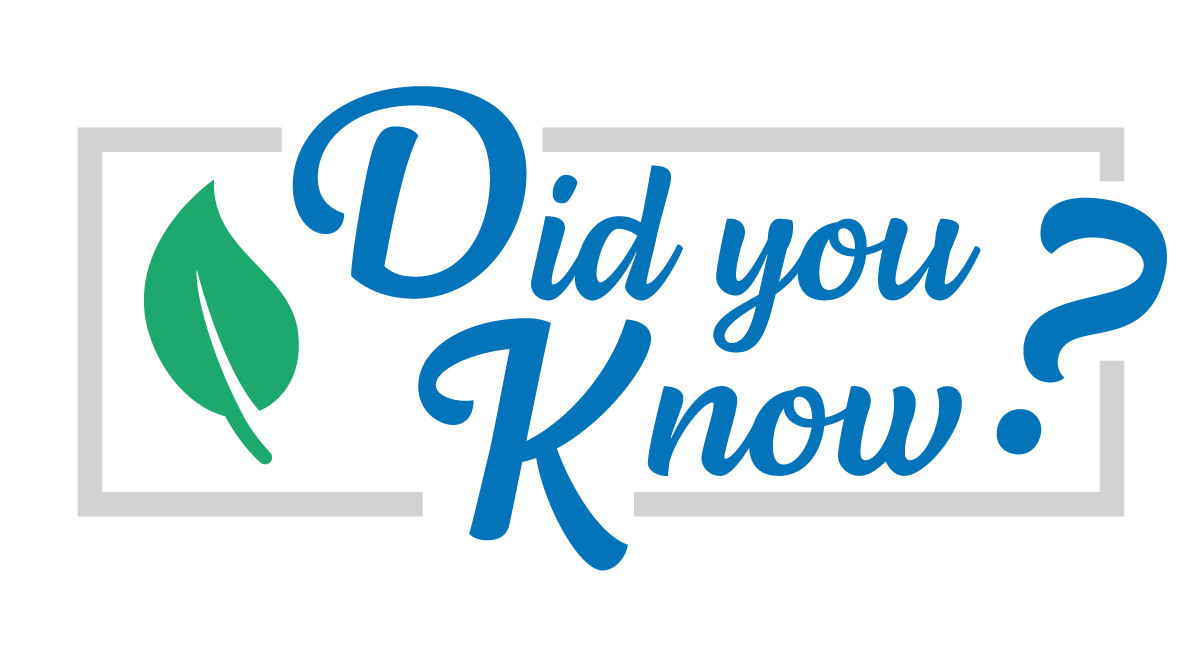
- Even after the brewery and tavern closed, the Hoffmeister's continued to live in their South Fairmount home for years to come and became active members of the community.
- With their 13 children, the Hoffmeister's supported the Martini German Evangelical Church on Saffin Avenue in Lick Run for many years, leaving their mark on the community. Note: A portion of what is now South Fairmount was formerly called Lick Run (after the creek).
TRAIL LOCATION E: HERANCOURT BREWERY
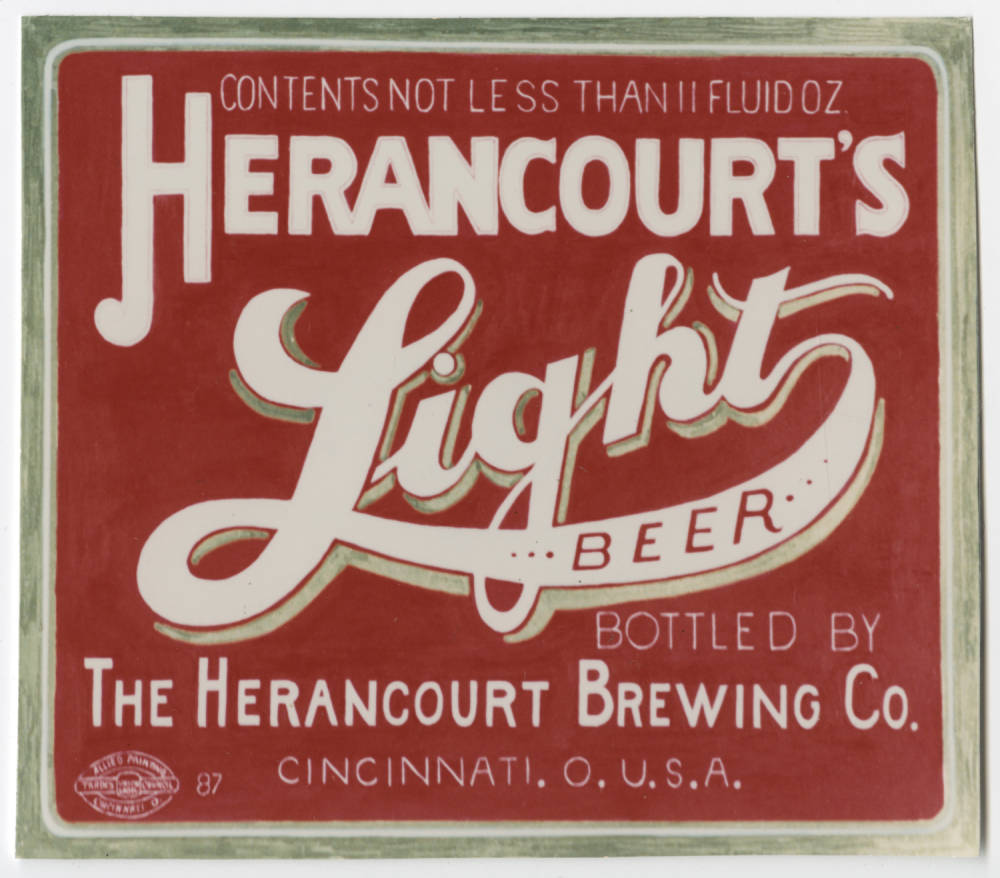
In 1872, Cincinnati was home to more than 35 breweries and by 1890 was dubbed the “Beer Capital of the World.” The breweries produced about 35 million gallons of beer a year, making Cincinnati the third largest beer producer per capita. Some of the city’s earliest breweries were established in South Fairmount (which was called Fairmount until the 1902s) during the beginning of the neighborhood’s industrial boom. George M. Herancourt, a German immigrant, first arrived in Ohio in 1830 and cofounded a brewery in Columbus, called the L. Hoster Brewing Company, before opening his brewery in Fairmount. In 1847, George founded the Philadelphia Brewery at 1400 Harrison Avenue.
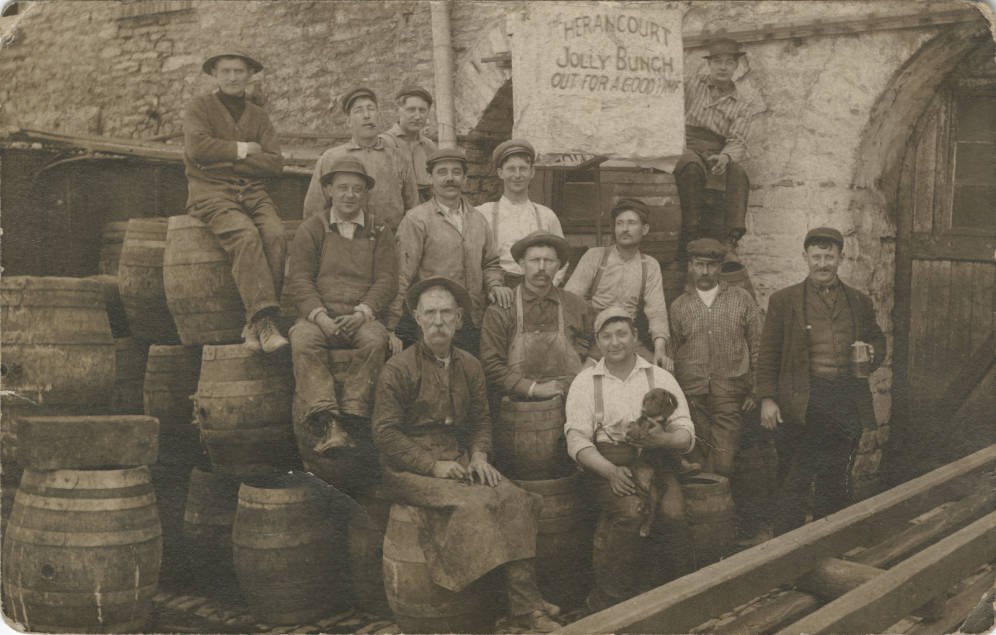
The brewing capacity of the Philadelphia Brewery expanded quickly, from 14 barrels of beer a day to 45 barrels a day by the second year. In 1851, the brewery began brewing traditional German lagers. In an effort to grow his business, Herancourt purchased another brewery, the Central Avenue Brewery, from his brother in 1864. In 1881, after Herancourt’s death, the brewery was renamed the G. M. Herancourt Brewing Company. It continued to be successful despite the competitive brewing market of the time.
The brewery, like most in the nation, suffered a fatal blow in 1919 due to Prohibition. At the time, it was converted into an icehouse, but never reopened as a brewery.
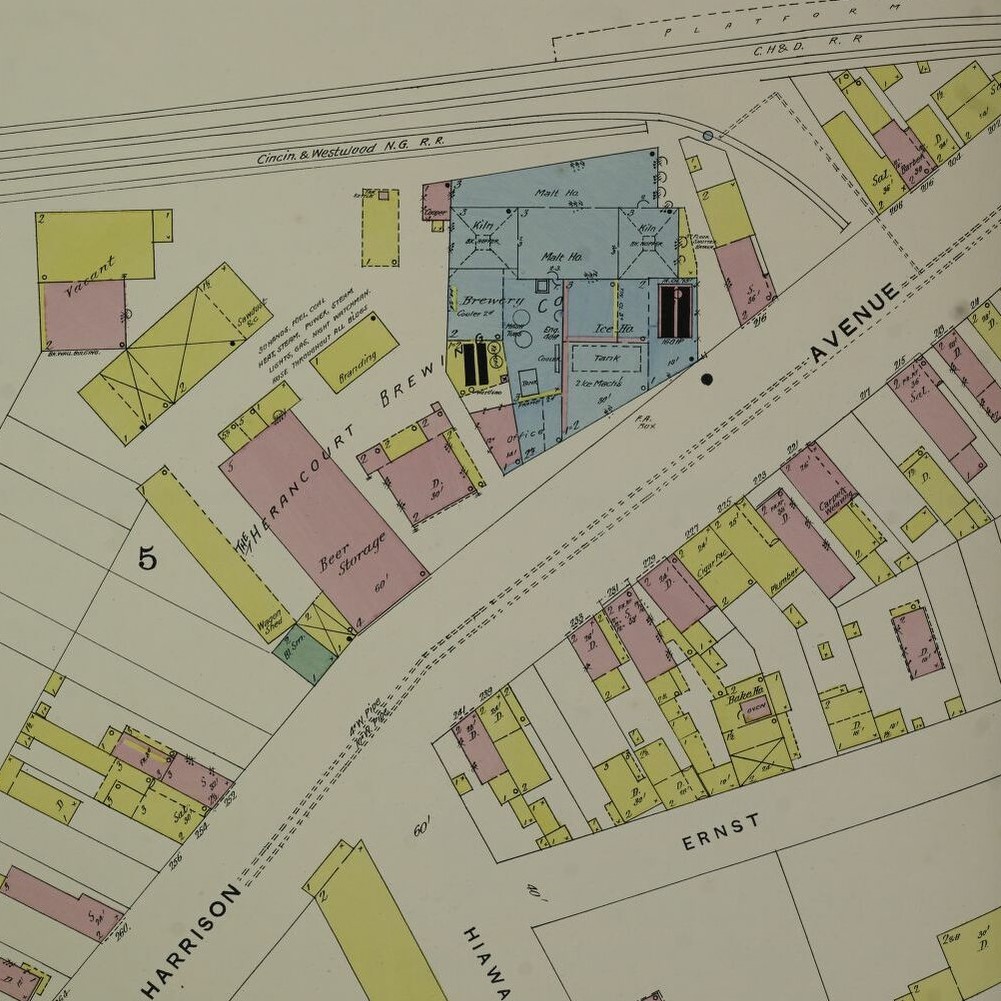
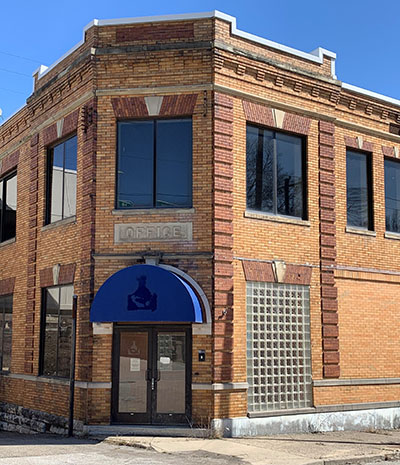
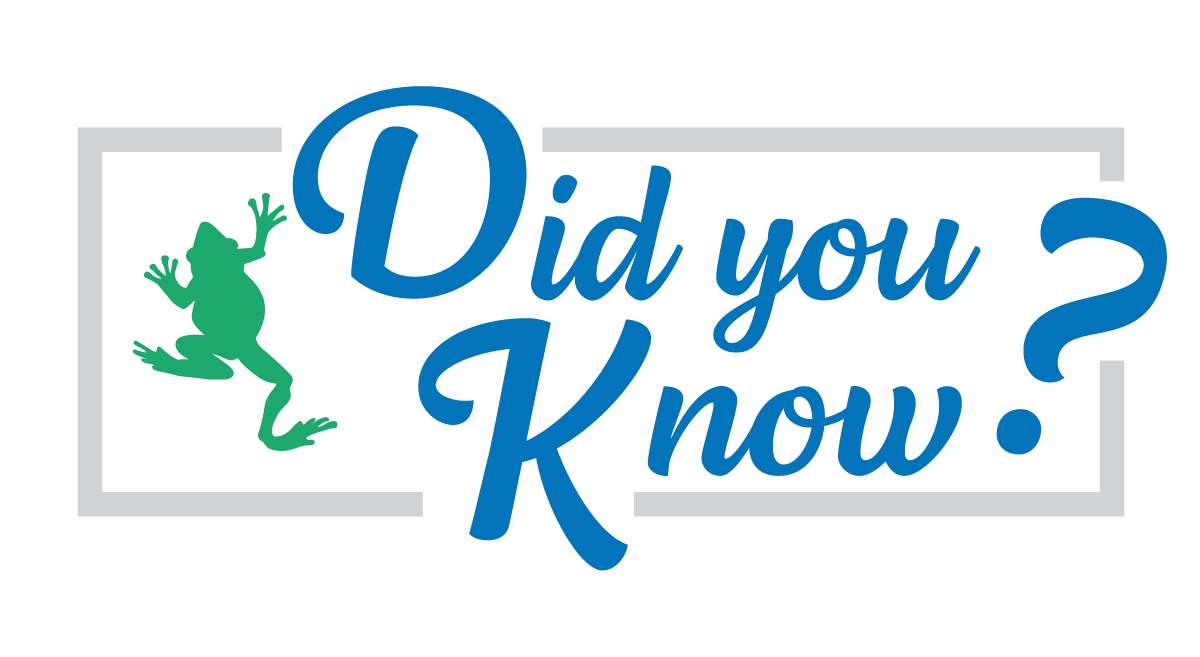
- Although George Herancourt was a German immigrant and one of the first brewers in Cincinnati to produce German lagers, he never tasted lager beer until 1834, when he tried it at a tavern on Main Street.
- George Herancourt was the uncle of John Hauck, another famous 19th century lager brewer and owner of the John Hauck Brewery in the West End neighborhood.
- The original “OFFICE” sign is still evident on the old brewery building at 1400 Harrison Avenue (see photo above).